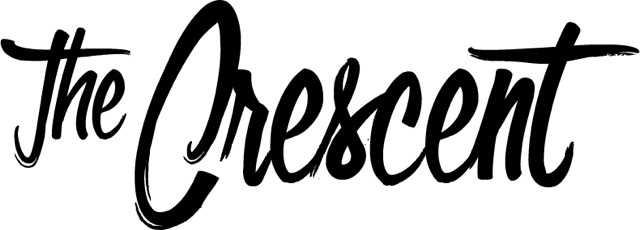The Fatally Flawed TikTok
Reported By: Benny Schorie
Illustrated By: Sydney Simmons
TW: mentions eating disorders, mental illness, and suicide
TikTok’s domination over society’s consciousness is undeniable. Adolescents and young adults flock to the app to uncover pending trends, lifestyle hacks, and hilarious pop culture moments. It is the epicenter of social media and youth culture. To be off TikTok is to be out-of-the-loop, a phenomenon keeping people tethered to its use.
However, extending the larger social media question, the toxicity of TikTok has been heavily debated in recent years. This is complicated further by the generational gap between TikTok users and users of other social media services. Adolescents have unprecedented access to information about mental health, different socio-political views, and current events. Because of this new access, young people have more autonomy over their lives than ever before, but at what cost?
In December, the Center for Countering Digital Hate (CCDH) published a study examining harmful content on TikTok and its effects on youth mental health. They created new accounts in the United States, United Kingdom, Canada, and Australia; they set the ages at 13 years old and scrolled on the “For You” page while stopping briefly on videos about body image and mental health.
The results showed, “within 2.6 minutes, TikTok recommended suicide content. Within 8 minutes, TikTok served content related to eating disorders. Every 39 seconds, TikTok recommended videos about body image and mental health to teens.” To make matters worse, the study found the TikTok algorithm identified vulnerable accounts and recommended more content about self-harm and suicide.
Seemingly harmless content about fitness trends or “wrinkle-free straws” resuscitate eurocentric and unachievable beauty standards for the next generation, setting back the work of feminists and body-positive activists.
Mental health experts are also concerned about the addictive nature of TikTok and specifically, short-term content. A study by Brown University found the flow of scrolling, the individualized algorithm, and the nature of refreshing the “For You” page (which has a similar neurological effect as gambling) contribute to the addictive nature of TikTok.
The extremity of these concerns pushed TikTok to announce on Mar. 1 that it was setting an hour time limit for all users under 18 and extending parental controls. It would be naive to believe these problems are only relevant to impressionable teenagers; every TikTok user is susceptible to its potential harms and needs to be aware of them. Young people need safe use practices, like time limits and social media breaks, and this writer would go so far recommending deleting TikTok altogether.
